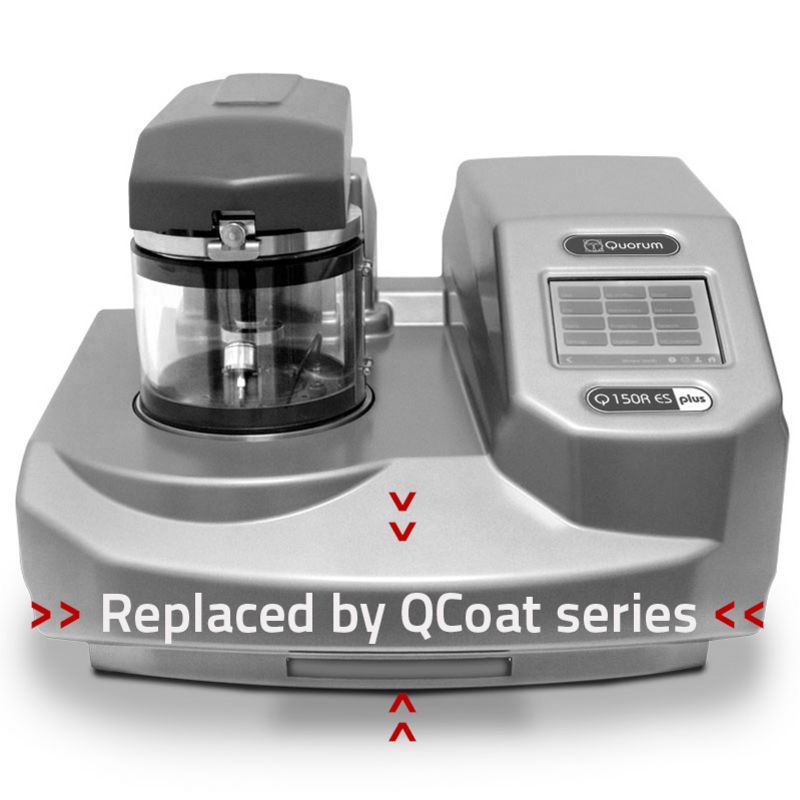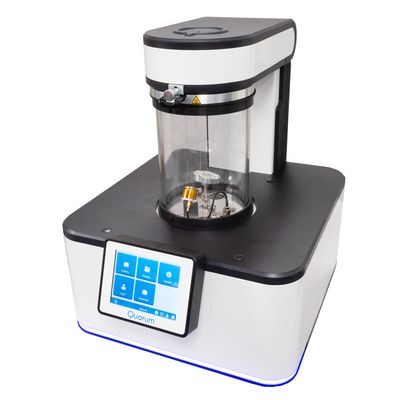Carbon and Sputter Coaters – meeting higher demands
Q150V Plus -Series from Quorum TechnologiesContact

Patricia
Reinecke
Carbon and Sputter Coaters – rotary pumped
The RotaQ series are fully automated, modular coating systems for the deposition of electrically conductive carbon or noble metal films recommended for electron microscopic applications at low and ...
High-Vacuum Carbon and Sputter Coaters – meeting higher demands
The TurboQ Plus series are fully automated, modular coating systems for the deposition of electrically conductive carbon or metal films recommended for electron microscopic applications at low and ...




